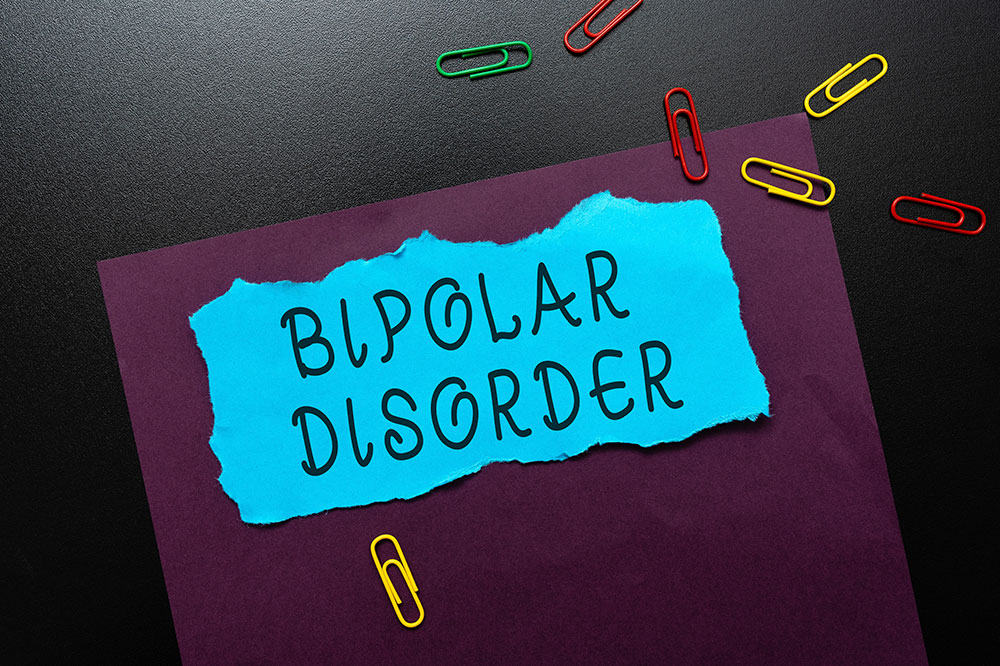
Managing bipolar disorder – Things to know
Bipolar disorder is a mood disorder that triggers episodes of mania and sadness. Bipolar disorder affects how you think, feel, and act. It causes extreme shifts in mood, energy, and activity levels. It can be challenging to diagnose, but getting help is necessary if a person is struggling with symptoms of bipolar disorder. Without timely treatment, the condition can affect a person’s social life, including academic, professional, or personal relationships.
Diagnosis
The disorder is diagnosed through various evaluation techniques, such as physical examinations, psychiatric assessments, mood charting, and comparing symptoms. Health experts will ask patients to fill out psychological self-assessment tests or quizzes. Though the average onset age for this condition is 25, it is also often diagnosed in children. According to estimates, around 2.8% of the country’s population lives with this disorder.
Symptoms
The symptoms of bipolar disorder vary between patients but may include emotional lows, mania, or both. This condition is categorized into bipolar I disorder, bipolar II disorder, cyclothymia, and mixed-state sadness (including irritability, psychomotor agitation, and hypomania/mania). Bipolar disorder symptoms are different for everyone; some people experience only one symptom at a time, while others have both manic episodes and emotional lows.
Treatment
Though there is no cure for bipolar disorder, treatment can help patients manage the symptoms and lead a healthy lifestyle. A therapist will start by prescribing treatments to manage bipolar disorder symptoms. Other treatments like psychotherapy can be tried if the prescription doesn’t work well enough or its side effects are too severe. This type of counseling helps people understand their emotions and how they act on them through talking with a trained therapist who understands what it’s like living with the condition. Psychotherapy is often recommended before prescription therapy because it can provide early warning signs about when the symptoms will start escalating into full-blown mania episodes, even when the patient shows no specific symptoms. It also involves learning coping skills so you can handle stressful situations more effectively in the future.
Prevention
Many people with a family history of bipolar disorder are at risk for developing it, but there are steps a patient can take to prevent it. If a patient has a family member or friend with the condition, consult a healthcare professional about possible screenings for manic episodes in the future. If a person is experiencing symptoms of either one of these disorders (including severe mood swings), seek treatment immediately.
Bipolar disorder in children
If your child is experiencing symptoms of bipolar disorder, it is essential to pay attention to their behavior so that they can get help at the earliest. Assure them that their feelings are perfectly normal and expected; some people feel sadder than others when factors like exams stress them out. One can also talk with them about how their feelings might change over time and what might make them feel better again if they’re having a difficult day at school or elsewhere. Ask questions like “Are there any movies that make you laugh?” Or “What kind of music do you listen to?” Conversations like these will help keep communication open between parents/caregivers and children with the condition so that both parties know where each other stands on issues such as discipline vs. reward systems used within homeschooling environments.
Bipolar disorder is a severe mental disorder that can lead to severe health complications if untreated. But with treatment and support from friends and family, most people can learn how to manage their symptoms, so they no longer interfere with daily life. Counseling, combined with prescription treatment, is effective to a great extent in keeping the symptoms of this condition at bay.




